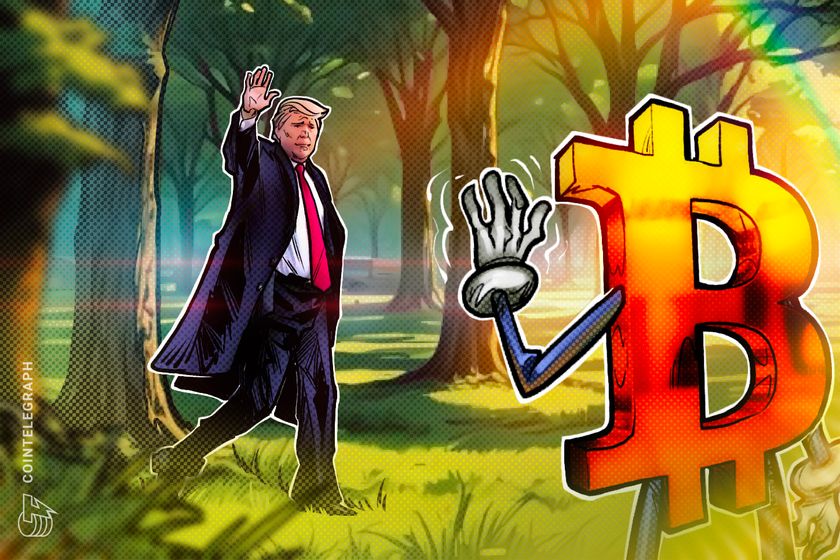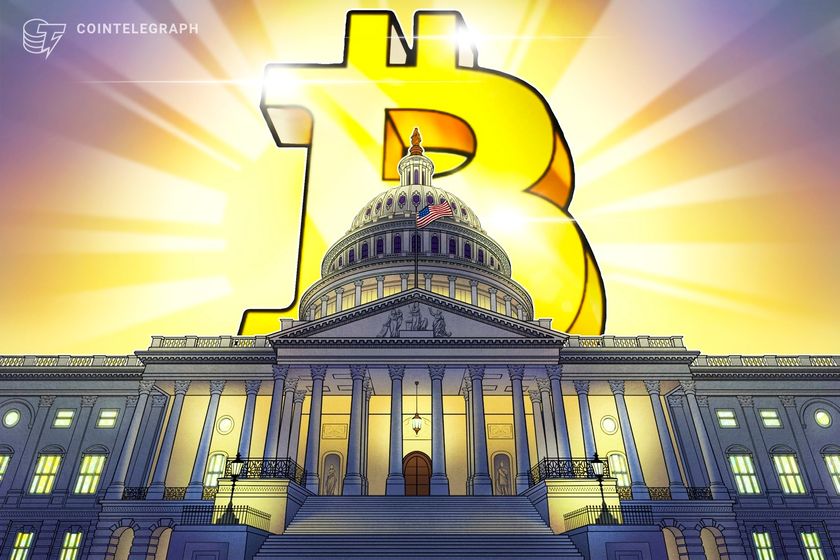Gaming on Macs to suck less
Is Apple’s reign as the worst platform for gaming coming to an end?
Amid all the hype about their long-rumored VR/AR headset, which is slated for release in early 2024 (queueing outside the Apple Store starts in October), there are other signals that Apple might finally be sorting out its subpar gaming offering. It’s also releasing software that will make it easier to play Windows games on Mac.
Gaming on a Mac really sucks. Lots of games – particularly indie and early release ones – are not compatible. Keyboard mapping can be funky. To this day, I have been unable to attach special tackles to my fishing rod (no, that is not innuendo) on the Mac edition of Stardew Valley.
With VR games, it’s even worse. If you want to spend hours watching YouTube videos, you can get most VR headsets to somewhat work with a Mac. But right now, the only one that is really officially compatible seems to be the HTC Vive.
Are headsets the future of surfing the web? (Apple)
The downside of an Apple-native product is it comes with an Apple price tag: a hefty $3,499. It’s hard to justify that much money for exploring the empty, laggy metaverse when you could spend a few months traveling and seeing some of the coolest places in the actual world for the same price.
The endless legal wrangling over in-game virtual assets
The Sandbox, Decentraland and Axie Infinity’s tokens – SAND, MANA and AXS, respectively – made cameo appearances in the United States Securities and Exchange Commission’s June 5 complaint against crypto exchange Binance.
The complaint against the crypto exchange contains 13 charges, including that Binance sold unregistered securities. The SEC counted SAND, MANA and AXS among such securities – meaning it considers them to be types of investments, not currencies.
Speaking at the Non Fungible Conference in Lisbon, Portugal on June 7, The Sandbox chief operating officer Sebastien Borget said that his team was aware of the litigation but that they are not themselves subject to any.
“We do not necessarily agree with the characterization that’s been put in that litigation, including the qualification of SAND as a security there,” he said, adding that it would not change the company’s day-to-day business.
Since the announcement, eToro has said it will delist several tokens, including MANA, for US-based customers.
Making in-game currencies securities is a new twist in the mess that is bridging the gap between virtual gaming currencies and real-life money.
It’s not a new thing. The debate over the legal status of in-game currencies precedes even the invention of Bitcoin. Second Life got its first millionaire in 2006, and the question of who owes what to who has continued, exacerbated by the fact that many developers and creators already feel they pay large “taxes” to platforms.
Yet previous conversations have mostly been centered around making sure those that sell virtual assets or developer games on platforms are taxed correctly, not about investment and likely because Web2 digital currencies act more like, well, currencies.
At last check, the U.S. Internal Revenue Service doesn’t seem to be too concerned with digital currencies if they don’t leave a game.
Read also
Avalanche wants to help Web2 gaming leaders go Web3
The quest by blockchains to convert gaming companies to the dark side continues with Ava Labs’ launch of Arcad3, a program to help Web2 gaming giants “launch powerful blockchain deployments.”
Ava Labs, which has supported gaming companies in building out more than ten gaming subnets on Avalanche and over 100 Web3 games, will work with teams on game monetization, marketing, user acquisition and risk management.
Among the first companies taking part are Tokyo-based firms Gumi and GREE (not to be confused with the Chinese aircon giant GREE Electrics), as well as Shrapnel, DeFi Kingdoms and Gunz Chain by Gunzilla.
The team behind Shrapnel is among those taking part in the program. (Shrapnel/Avalanche)
GREE’s senior vice president for metaverse, Eiji Araki, said that he believed the program would help the company stay ahead on Web3 gaming and develop relationships with the studios who are experimenting in and building the space. It’s currently working on its first Web3 game, Project INCURSION.
“I can’t share any details other than the project code yet, but it will be a breakthrough title that successfully combines our nearly 20 years of mobile game development knowledge with the new essence of Web3,” he added in a statement.
GameStop’s CEO replaced by meme stock trading billionaire
So long, Matt Furlong.
The GameStop CEO and former Amazon exec was axed on June 7 following the end of his 24-month contract with the gaming retailer. During that time, he oversaw GameStop’s transition from a primarily brick-and-mortar retailer into a more internet-focused firm.
Ryan Cohen will replace Furlong. Cohen made his fortune founding online pet supplies retailer Chewy but is perhaps better known for his involvement with meme stocks. He successfully rallied people to invest in companies like Bed, Bath and Beyond and GameStop itself, causing their stock prices to skyrocket. Critics say he’s pumping and dumping.
He joined the board of GameStop in January 2021, became chairman of the board that same year and owns around 12% of the company.
Ryan Cohen is the new CEO of GameStop (Ryan Cohen/Twitter)
It seems much of GameStop’s subsequent forays into crypto came from Cohen. In February this year, it inked a deal with Immutable to build out GameStop’s NFT marketplace, due to debut later this year.
Read also
Hot take: Crypto-themed games on Steam
Given a lack of interesting Web3 games that have landed on my desk over the past few weeks, let’s talk about non-blockchain-based games that are about crypto.
Steam may not allow crypto games, but it can do little about trading simulators and Bitcoin mining tycoon RPGs. None are hits. Most seem tongue-in-cheek.
Take Coin Invaders, for instance, which tells players they must save Bitcoin by destroying altcoins. It’s basically Space Invaders with extra steps, notes one reviewer.
Coin Invaders is one of several crypto-themed games on Steam. (Steam)
Or perhaps you’ll enjoy Crypto is Dead, in which an attack has crippled the world economy and physical currency has returned. It’s up to you to determine which bills are genuine and which are fake. Gripping stuff.
Then you can choose from the half-a-dozen-odd mining tycoon simulators, which require you to build mining rigs and businesses to cash in on cryptocurrency to varying degrees of complexity. One version even has a simplified edition for kids.
But perhaps the award for most amusing crypto-themed non-crypto game goes to CryptoZoo, which came out this February. I know what you’re thinking, and the answer is no: Logan Paul hasn’t yet made good on his promise of reviving the zombie project that earned him a whole series on crypto sleuth Coffeezilla’s YouTube channel.
Instead, the task of creating a CryptoZoo game was taken up by Rye Bread Games, who describes themself on Steam as a trader who makes games for fun.
Logan Paul getting trolled on Steam is an adage to the old saying, “If you want something done, do it yourself.” (Steam)
According to its deck, CryptoZoo is “…the best CryptoZoo on the market… the best of its kind… the best there ever will be…”
It may not involve NFTs, but at least players are getting their long-awaited chance to breed animals in scientifically impossible pairings.
Read also
Other Stuff
– Heroes of Mavia will release the first phase of its Beta game for Land NFT owners on June 30. The larger community will be able to play the game in the second phase from Sept 1 to Oct 31.
– Amazon’s Prime Gaming partnerships with Web3 companies continue. It’s gearing up for another deal with Mythical Games’ Blankos Block Party, whereby Prime members will be able to claim exclusive bundles for use in the game.
– Ahead of the expected launch of Otherside: Legends of the Mara this summer, Yuga Labs is ramping up the merch machine with KodaPendants for holders of Otherside Kodas and Vessels. The pendants are the first “relic” in the Otherside Relics by Gucci collection.




